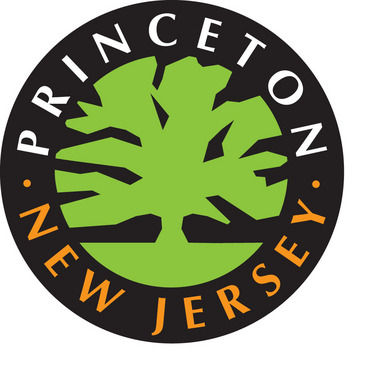By Philip Sean Curran, Staff Writer
Councilwoman Jo S. Butler holds the deciding vote in whether the town buys 20.4 acres between Route 206 and Mount Lucas Road for $4.4 million in a deal that preserves open space and prevents 36 townhouses from being built there.
Officials on Monday delayed acting on a bond ordinance to acquire the parcel, until Feb.8, to give municipal staff more time to firm up where all the funding for the purchase is coming from in a deal heavily reliant on county and state money. A veto last week by Gov. Chris Christie, of a bill dealing with the allocation of $80 million in open space, farmland and historic preservation funding, raised questions about the state share of the project if lawmakers and the governor cannot resolve their differences.
“I know there’s definitely concern among council with the governor’s pocket veto,” Mayor Liz Lempert said at the meeting. She said lawmakers are working to resolve the dispute in Trenton, and that she received assurances that the money Princeton will need will be there.
During the meeting, Wendy Mager, president of Friends of Princeton Open Space, explained to council where the money is coming from for the purchase: $2.2 million from a Mercer County grant; $153,000 from pipeline company Williams; $250,000 from her organization; $1.79 million from the state Green Acres program.
But approximately $400,000 of the state money “may be delayed, somewhat, while the governor and the legislature work out their issue,” Ms. Mager said.
“So it’s a very small portion out of a large number,” she told council in endorsing the purchase.
In the meantime, the bond ordinance before council needs four votes to be adopted; three council members — Heather H. Howard, Jenny Crumiller and Lance Liverman — said they support it, while Councilmen Bernard P. Miller and Patrick Simon said they would vote no. Since Mayor Liz Lempert cannot vote to break a 3-3 tie on a bond ordinance, Ms. Butler either would provide the critical fourth vote to adopt the ordinance or the third vote to create a tie and thus defeat the measure by virtue of a deadlock.
In an interview Tuesday, Ms. Butler said she would vote for the bond ordinance “if we have the appropriate assurances” that the state money is available.
The question about the purchase took nearly an hour at Monday’s meeting, with officials and staff members engaging in a back and forth on what to do.
For his part, Mr. Simon said he would be comfortable in delaying a vote until the necessary state legislation passes. “If we have the funding in place at a future date, I’m in favor of this,” he said.
But that raised a concern that a delay risked the town’s chances of obtaining the property, which was due to have a Feb.15 closing.
The property has been part of an on-again, off-again development that has taken nearly two decades to reach a stage where the contract purchaser, Princeton Land Development LLC, has sought municipal approval for 36 townhouses restricted to people 55 and over.
“We understand what the town’s trying to do, and we’re going to do our best to work with them,” said Mike Sanders, a representative for Princeton Land Development, by phone Tuesday.
Ms. Crumiller, however, said preventing that sort of housing development was one of the reasons she favored preserving the property and making it part of the Princeton Ridge Preserve.
“I feel strongly that we don’t want that kind of development in Princeton,” she said. “It’s really not to provide housing for seniors, unless you feel like 55-year-olds are seniors. It’s actually keeping children out. So personally, I find the development’s undesirable and, frankly, tacky.”
Mr. Liverman supported acquiring the property. He called it “a great opportunity” to “secure these acres” for the community.
The split on the bond ordinance saw a crossing of political alliances on the governing body, with Ms. Crumiller siding with Mayor Lempert and her usual allies on the council.
But Councilman Bernard P. Miller outlined the reasons why he was opposing the ordinance. He said the town, “sometime ago,” had exceeded the goal it set for preserving open space.
“And yet we continue to acquire open space,” he said. “That may be all well and good, it may be better for the environment to do that. But I have to ask you, how accessible is that open space and how well used is that open space?”

